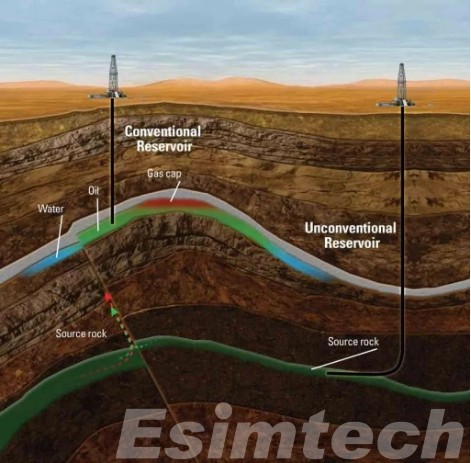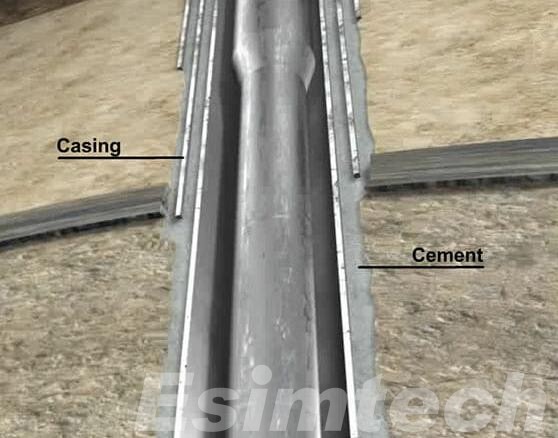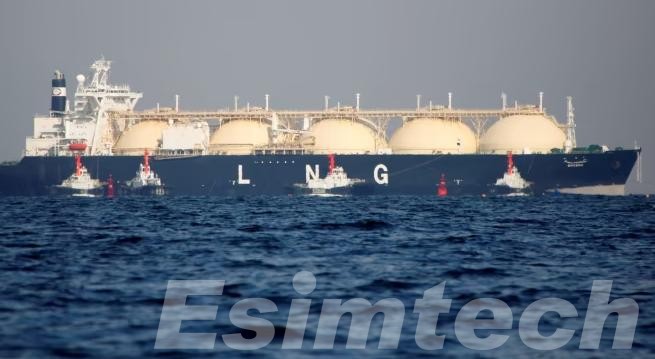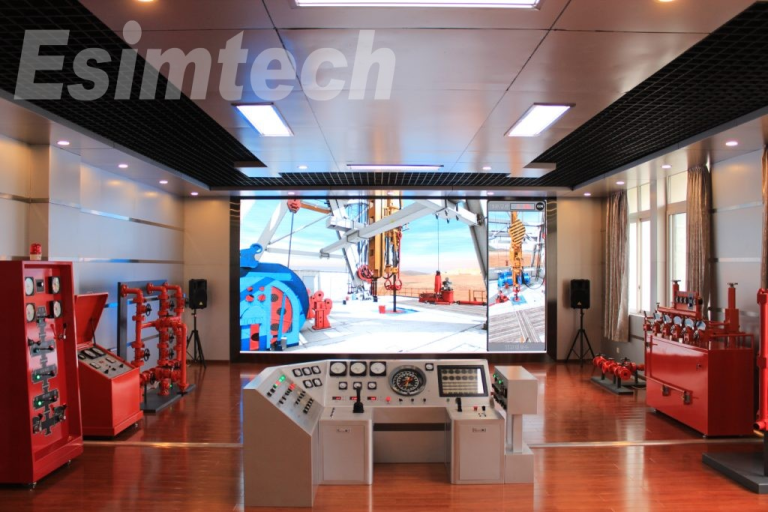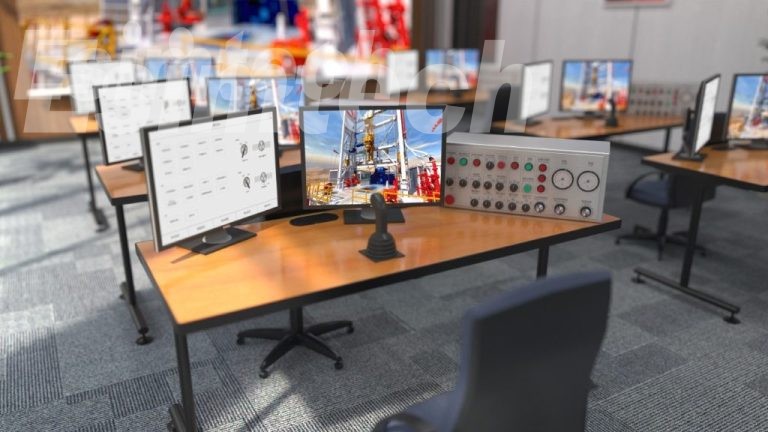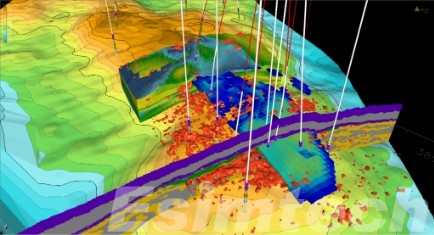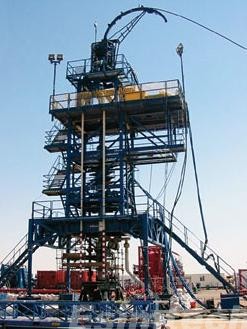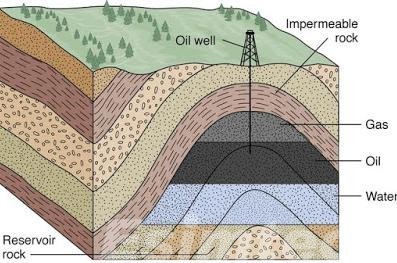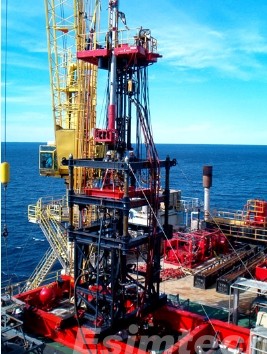How Much Do You Know About Unconventional Reservoirs
Unconventional reservoirs are geological formations that require advanced technologies and methods for extraction due to their unique and challenging characteristics. Understanding and utilizing unconventional reservoirs is crucial for meeting the world’s growing energy needs and transitioning towards a more sustainable energy future. What Are Unconventional Reservoirs Unconventional reservoirs differ from conventional ones primarily in the nature…

